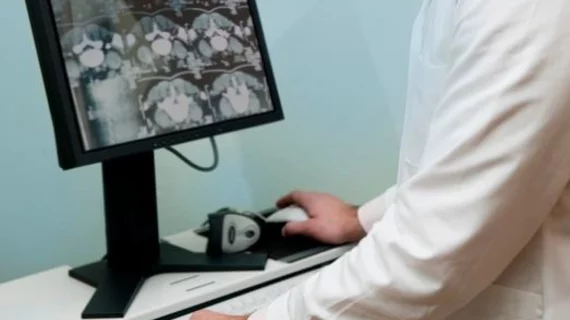Follow-up emails with relevant clinical data help radiologists stay engaged
Using an algorithm that allows radiologists to request follow-up emails as they dictate radiology reports can engage providers across the board and improve patient care, according to a new study published in the American Journal of Roentgenology.
The authors gave radiologists the ability to flag radiology reports for follow-up at the time of dictation and then receive a HIPAA-compliant email including the report and all applicable follow-up data, including pathology, cytology and endoscopy reports.
Overall, during a single month, more than 91 percent of all embedded reports generated an email containing the requested follow-up information. More than 90 percent of the emails sent included relevant follow-up information. More than 93 percent of pathology reports included with emails were deemed relevant. More than 90 percent of cytology reports, 88 percent of surgical reports and 75 percent of endoscopy reports included with emails were deemed relevant.
More than 36 percent of the emails sent “contained duplicate information without new follow-up,” which the authors said was one of their algorithm’s limitations. Another key limitation was the fact that there could be no built-in images or web-based PACS links included in the pure-text email format.
“We created a high-yield follow-up tool integrated into our dictation system that links pathologic, cytologic, surgical, and endoscopic data with radiology studies,” wrote lead author Elizabeth H. Dibble, MD, department of diagnostic imaging at Alpert Medical School of Brown University in Providence, Rhode Island. “We anticipate that by facilitating radiologist engagement and self-assessment, use of this educational feedback algorithm can lead to improved patient care.”
Dibble and colleagues also noted that their findings could impact other healthcare specialties.
“Variations of the algorithm could be developed within and beyond radiology: an emergency department provider could request the discharge summary of a patient with unusual symptoms; a cardiologist could request the surgical report for an echocardiographic lesion,” they wrote.

